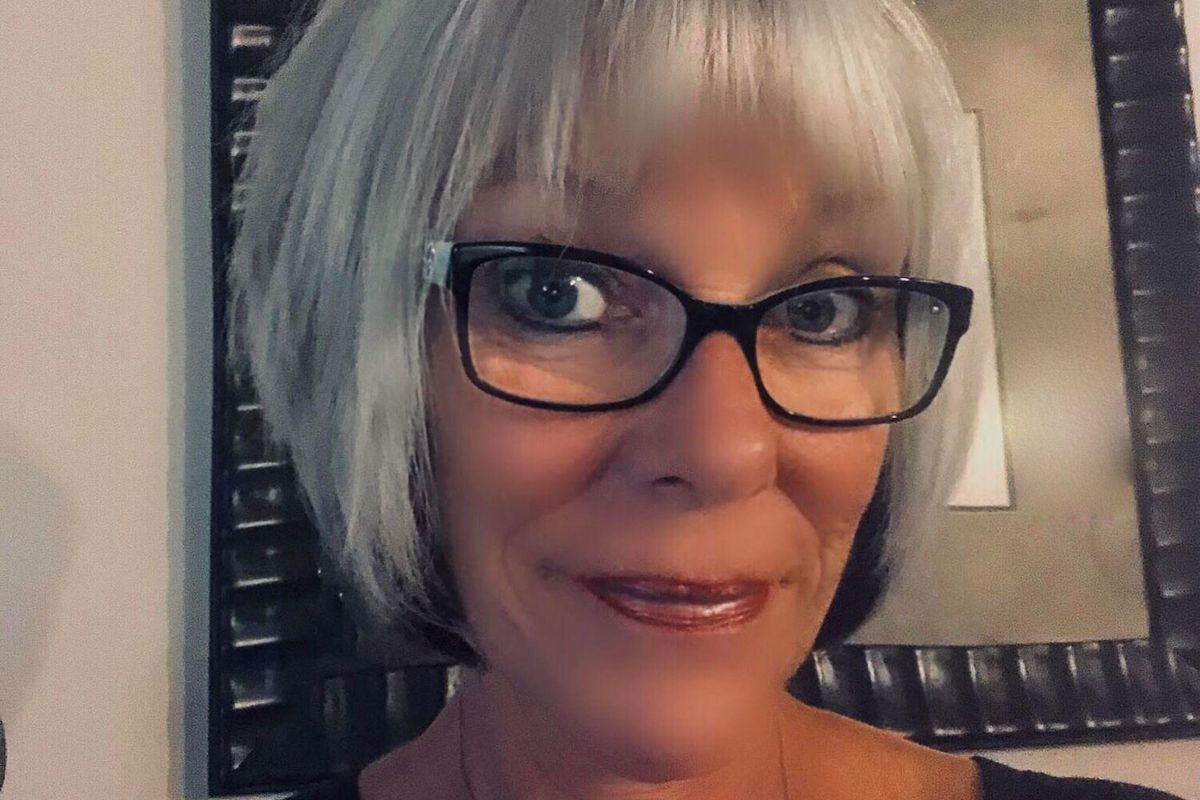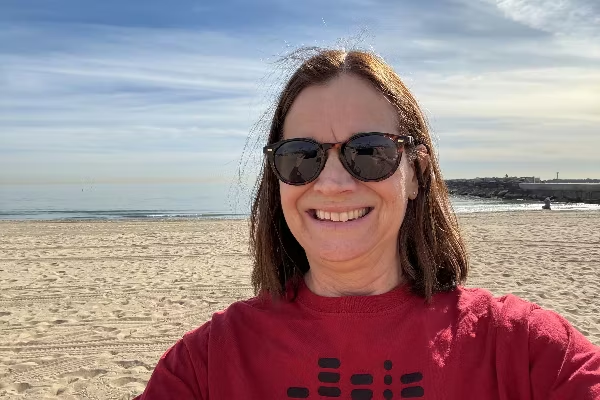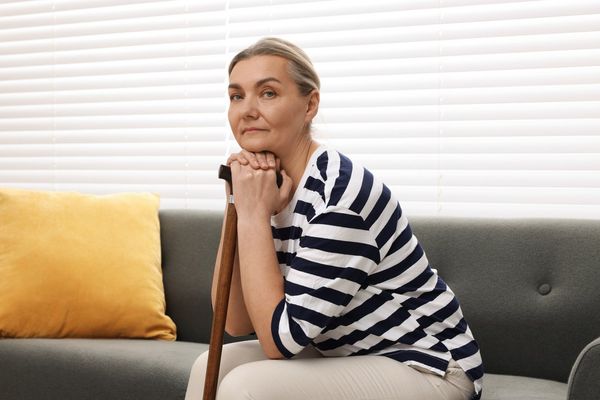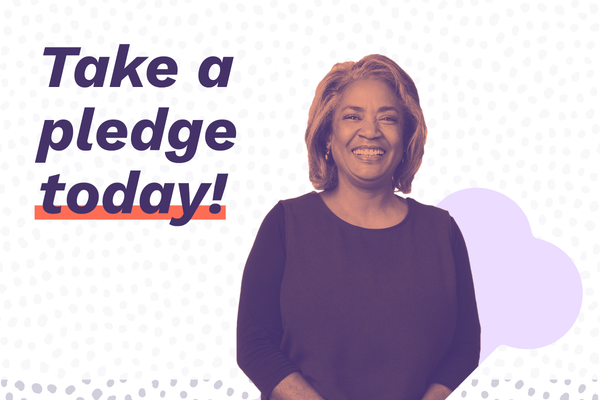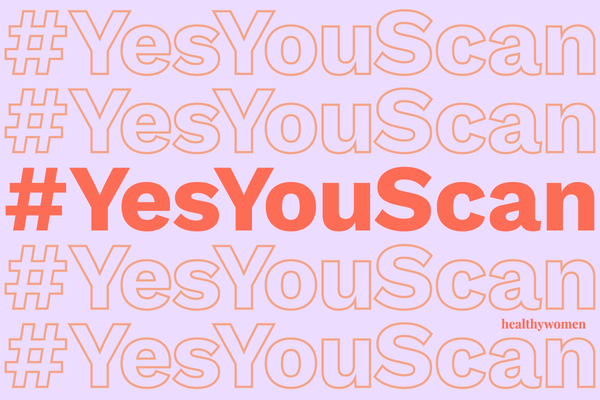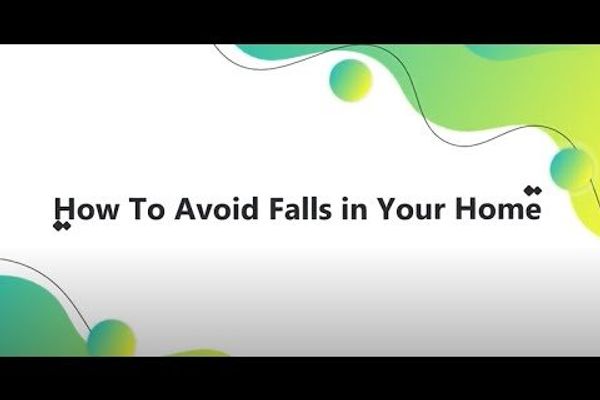As told to Liz Sauchelli
It had been two weeks since I'd slipped on the front stairs of my home and my back was still in excruciating pain. The emergency room doctor I'd seen after my fall thought I had muscle damage and had sprained my back. He prescribed anti-inflammatories and painkillers without taking an X-ray. At the time, I thought I was in too much pain for it to be a sprain, but I took his word and went home.
Over the next two weeks, it got to the point where I couldn't even sleep in my bed: I had to sleep in a chair with my legs elevated. My friend convinced me to see a different doctor. The first thing she did was X-ray my back. The supposed muscle damage turned out to be four compressed fractures in my spine. Blood work found I had a severe vitamin D deficiency and a bone density test confirmed I had osteoporosis.
I was surprised: I'd first known I was at risk for osteopenia — a precursor to osteoporosis — when I was 27 after I injured my L-5 vertebrae in my spine and I'd had a bone density test. Then at 33, I was officially diagnosed with osteopenia.
But, I thought I had done enough to stay healthy and I didn't understand. I was incredibly active: I biked, kayaked and walked. In my late 20s, I changed my diet to include foods like leafy greens and beans. I took vitamin D and calcium supplements.
Yet here I was at 50 with four compressed fractures and osteoporosis.
I started looking back and questioning where I went wrong. Sure, there were times when my kids were young that I'd delayed meals and hadn't taken good care of myself. I'd remained active, but it wasn't enough.
After my fractures were diagnosed, I was on bed rest for a month. It then took three months for my back to heal and my vitamin D levels to return to a healthy range. But there have been long-term impacts to my health: Because my fractures weren't treated right away, a curve developed in my back as a result of my broken vertebrae and I shrank 5 inches. I used to be 5 feet, 11 inches and now I'm 5 feet, 6 inches. I can't stand for long periods of time without my back hurting.
I run an office for an oil field in North Dakota, and my job involves sitting behind a computer all day, which isn't always easy. I make sure to keep my posture straight and frequently get up to keep my body moving. I have to do housework and grocery shopping in spurts because I can't stand for long periods.
When I learned that if my compressed fractures had been diagnosed earlier, I could have had surgery to prevent them, I was incredibly upset because I could have avoided the chronic back pain that will never go away. What's worse is that the curve shrank the area between my chest and my waist and that impacted my stomach so I get full quickly. I try to do stretching exercises to make my stomach more flexible, but there are some days when I can eat three or four bites of a sandwich and I'm full, only to be hungry again two hours later.
That's one of the reasons my misdiagnosis makes me angry: If the ER doctor had X-rayed my spine, I could have gotten better treatment and I wouldn't have developed the curve.
Sometimes, strangers will come up and point out the curve in my spine or see my hunched-over shoulders and say I need to stand up straighter. I kind of grin and bear it, and then pray to God for the people who make those comments.
Even though I wasn't able to prevent my osteoporosis, now that I have it, I'm determined to keep my bones as strong and healthy as possible. After I was diagnosed, I turned even more attention to my diet and exercise. I've always loved to cook and I have fun creating bone-healthy recipes like turkey meatballs with chopped spinach and celery. I love roasting vegetables and fruits to snack on. I lift weights to strengthen my back and walk regularly.
In the middle of the pandemic, I had a setback. I was working from home and being confined impacted me. I stopped exercising and it was getting to the point where I didn't really care if I got up in the morning or ate. Then I had a moment where I snapped out of it and said, "You've got to get back to what you were doing. You can't let this get to you." I don't want my condition to get worse.
I also started to think about how I can help other women who have osteoporosis — to share what I've learned about eating healthy food that's good for my bones, so I don't have further bone loss. I take calcium, vitamin D, K2, Omega 3s, vitamin E, magnesium and potassium to help my condition.
I started a blog after my mother died this March. She was diagnosed with osteoporosis in her 80s, and her spine was badly curved. Toward the end of her life, she could hardly walk. My mother was the healthiest person: She ate right, walked regularly and even shoveled snow into her 80s. I now know that family history is a risk factor for osteoporosis, and even with eating healthy and exercising, that's a risk factor we can't control.
After I was first diagnosed with osteoporosis, it was pretty scary. I was afraid of falling and breaking something. I was afraid to lift anything heavier than 5 pounds. But I knew I couldn't live my life thinking that way.
There are so many millions of women who suffer from osteoporosis: Some of them think it's a death sentence and start worrying. That's the worst thing you can do. Be proactive and ask your doctor questions. Do your research. Take charge of your osteoporosis instead of letting it take charge of you.
This resource was created with support from Amgen.
- Let’s Talk About Osteoporosis ›
- Osteoporosis: Knowing – and Owning – Your Numbers ... ›
- Menopause and Osteoporosis: How to Take Charge of Your Bone ... ›
- Could That Fracture Be Linked to Osteoporosis? - HealthyWomen ›
- I Have Postmenopausal Osteoporosis: What I Wish I Had Known ... ›
- Osteopenia Diagnosis - HealthyWomen ›

